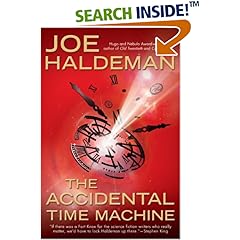
Hangover Square by Patrick Hamilton
Originally published 1941, the edition I read was a Penguin Classic. Sometimes when selecting books I avoid the old ones in favour of the modern, but I have really enjoyed some of the older ones that I have tried recently. This one is acclaimed as "One of the great books of the twentieth century" but I spent most of the time I was reading it being puzzled by the decision to republish this very dated book, set in 1939 England. Things that did grab my interest early on were
- the acknowledgment of quotations taken from Roget's Thesaurus
- the definition of schizophrenia from Black's Medical Dictionary early in the book
- the refrain, introduced in the first chapter: "...he had to kill Netta Longdon. He was going to kill her, and then he was going to Maidenhead, where he would be happy."
The story grew on me, and by about 3/4 of the way through I really did care about what was happening to the characters. However it is not a joyful easy read.






